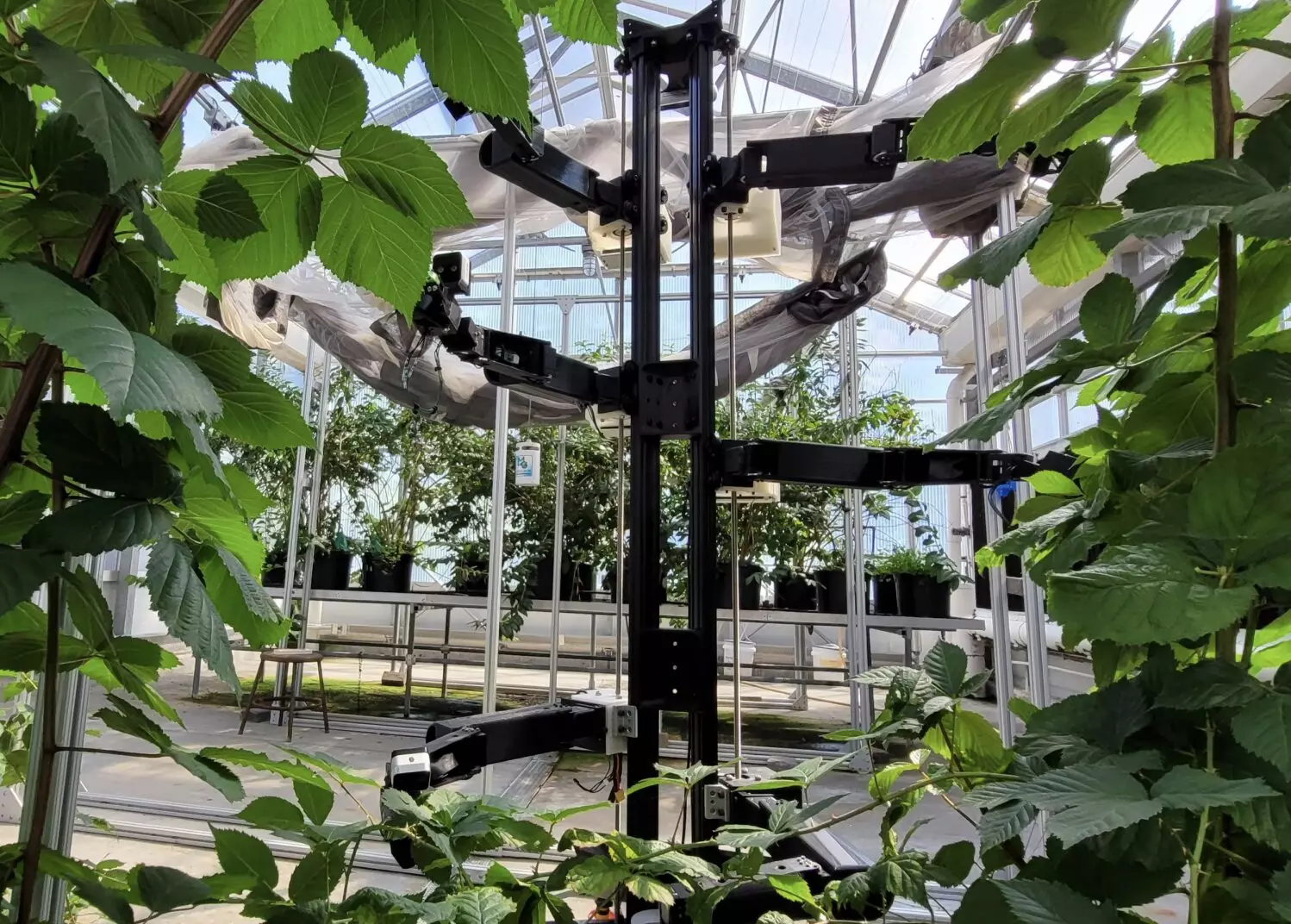With the alarming rate at which animal species are becoming extinct, the need to protect our ecosystem has never been more urgent. Among the endangered species are vital pollinators such as bees, moths, butterflies, and flies. The extinction of these species poses a threat to food security worldwide, as pollination is crucial for the growth of fruits, vegetables, and seeds.
In response to the decline of natural pollinators, engineers have been exploring alternative pollination methods to ensure the continued growth of crops. One promising approach that has gained traction is the development of pollination robots. These robotic systems are designed to autonomously disperse pollen in the air, potentially filling the gap left by the diminishing pollinator populations.
Researchers at West Virginia University have been at the forefront of developing precision pollination robots to address the limitations of existing pollination robots. Their latest innovation, Stickbug, is a six-armed robot that combines the accuracy of single-agent systems with swarm parallelization in greenhouses. This allows each arm and drive base to act as an individual agent, significantly reducing planning complexity.
Stickbug utilizes a compact holonomic Kiwi drive to navigate greenhouse rows efficiently. It also boasts a tall mast to support multiple manipulators and reach plant heights, a detection model and classifier to identify specific flowers, and a felt-tipped end-effector for contact-based pollination. These features work together to enhance Stickbug’s ability to pollinate flowers effectively.
The researchers conducted a real-world experiment to evaluate Stickbug’s performance. Placed in front of an artificial bramble plant, the robot was tasked with pollinating as many flowers as possible within a 5-minute period. The results showed that Stickbug was able to attempt over 1.5 pollinations per minute with a 50% success rate, showcasing its potential effectiveness.
The development of precision pollination robots like Stickbug opens up new possibilities for agriculture and crop production. With further refinement and testing on real plants, these robots could be deployed in environments where natural pollinators are scarce, ensuring that harvests are not compromised by the decline of pollinator populations. This innovative technology holds promise for the future of agriculture and food security worldwide.


Leave a Reply